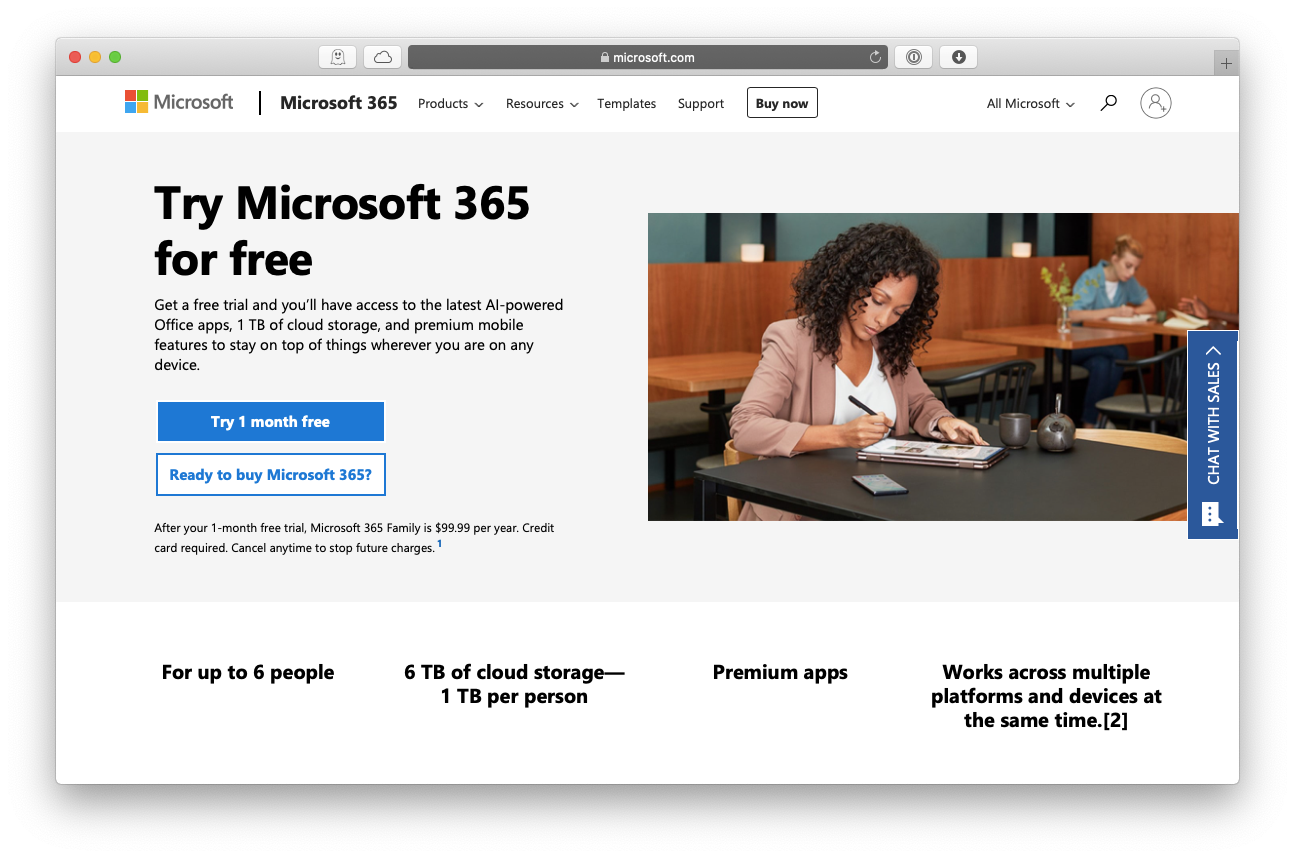
- #MICROSOFT OFFICE WORD TUTORIAL HOW TO#
- #MICROSOFT OFFICE WORD TUTORIAL INSTALL#
- #MICROSOFT OFFICE WORD TUTORIAL CODE#
- #MICROSOFT OFFICE WORD TUTORIAL WINDOWS#
Clicking one of the other tabs, such as Insert, displays that tab's buttons. Commands related to working with document content are represented as buttons on the tabs that make up the Ribbon.Below the title bar is the Ribbon, which makes all the capabilities of Word available in a single area so that you can work.You can temporarily hide the Word window by clicking the Minimize button,Īdjust the size of the window with the Restore Down/Maximize button, and close the active document or quit Word with the
#MICROSOFT OFFICE WORD TUTORIAL WINDOWS#
That have the same function in all Windows programs. At the right end of the title bar are the three familiar buttons
#MICROSOFT OFFICE WORD TUTORIAL CODE#
To create a bankAccounts list that contains two accounts, add the following code to the ThisAddIn_Startup method in ThisAddIn.vb or ThisAddIn.cs. For more information, see Auto-Implemented Properties. The class definitions use auto-implemented properties. Replace the definition of the Account class with the following code. Name the class Account.vb if you are using Visual Basic or Account.cs if you are using C#. In Solution Explorer, right-click your project's name, click Add, and then click Class. In Solution Explorer, right-click the ThisAddIn.vb or ThisAddIn.cs file and then click View Code.Īdd the following Imports statements (Visual Basic) or using directives (C#) to the top of the code file if they are not already present. To add necessary Imports statements or using directives
#MICROSOFT OFFICE WORD TUTORIAL INSTALL#
If you do not see the assemblies, you may need to ensure they are installed and displayed (see How to: Install Office Primary Interop Assemblies). 0.0.0 (for a key to the Office product version numbers, see Microsoft Versions), in the Component Name list, and then hold down the CTRL key and select, version. In Solution Explorer, right-click your project's name and then click Add Reference. The new project appears in Solution Explorer. Type a name for your project in the Name box, if you want to. NET Framework 4, or a later version, appears in the Target Framework box. Look at the top of the Templates pane to make sure that. In the Templates pane, click Excel Add-in.

In the Installed Templates pane, expand Visual Basic or Visual C#, expand Office, and then click the version year of the Office product.

On the File menu, point to New, and then click Project. For more information, see Personalizing the IDE. The Visual Studio edition that you have and the settings that you use determine these elements. Your computer might show different names or locations for some of the Visual Studio user interface elements in the following instructions. You must have Microsoft Office Excel and Microsoft Office Word installed on your computer to complete this walkthrough.
#MICROSOFT OFFICE WORD TUTORIAL HOW TO#
Finally, you see how to enable and disable the PIA dependency. Next, you create a Word document that contains a link to the workbook. In the walkthrough, you use an Excel Add-in application to create an Excel workbook. This walkthrough demonstrates these features in the context of Office programming, but many of these features are also useful in general programming.


For more information, see Walkthrough: Embedding Types from Managed Assemblies. Features in Visual Basic include auto-implemented properties, statements in lambda expressions, and collection initializers.īoth languages enable embedding of type information, which allows deployment of assemblies that interact with COM components without deploying primary interop assemblies (PIAs) to the user's computer. In COM programming, you can omit the ref keyword and gain access to indexed properties. Helpful C# features include named and optional arguments and return values of type dynamic. Visual Studio offers features in C# and Visual Basic that improve Microsoft Office programming.


 0 kommentar(er)
0 kommentar(er)
